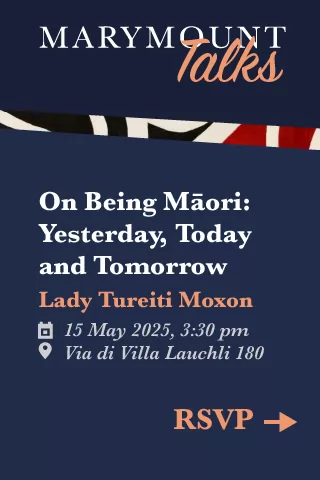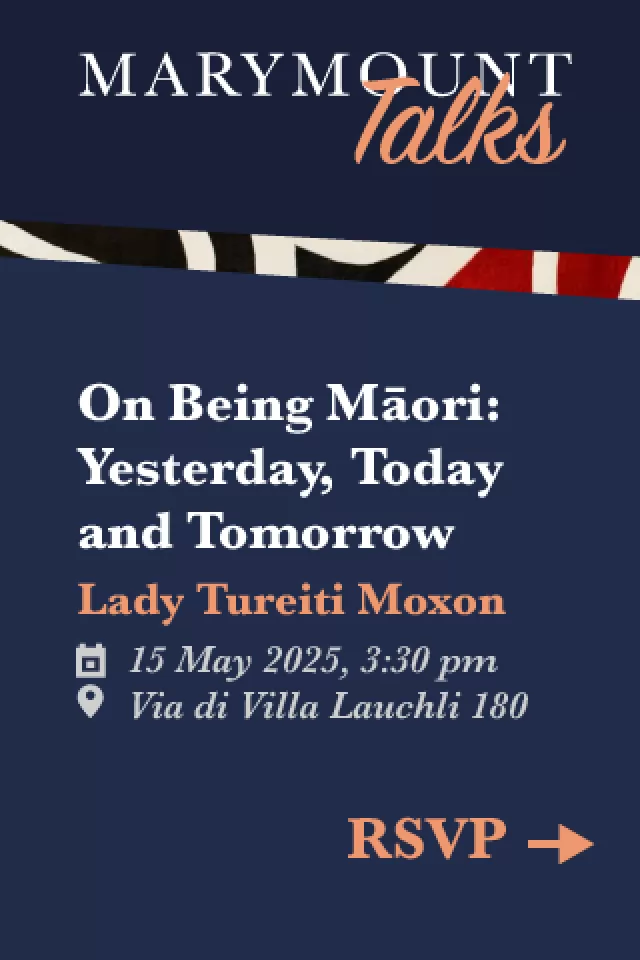Getting to grips with Metaphysical art
Immediately before world war one, a group of young Italian men, quite macho and from provincial families nostalgic for past glories, formed a circle of friends in Ferrara. They had no special theories, wrote no manifestoes, but together wandered, talking art, all over the beautiful city as it languished in the midst of world events, its old towers and palaces shedding long black shadows over piazzas empty at noon. They lingered in the studio of one of them, Filippo De Pisis. It had compartmented shelves on which he displayed ordinary objects in extraordinary context everyday things without any logical connection. Frilly fans next to flat-irons; homemade bread next to roses; artichokes next to love letters; geometric maps, puppets and toy soldiers next to postcards of foreign locomotives. He called this his metaphysical room after the Greek ta met ta fusik, beyond physical things.
De Pisiss colleagues were Carlo Carr, Giorgio Morandi, Mario Sironi and the De Chirico brothers, one of whom took his mothers name and signed himself Alberto Savinio. Giorgio De Chirico and Savinio, who was also a composer and writer, were born in Greece, sons of an Italian railroad engineer. De Chirico, who came to Ferrara to do his military service, became the leader of the new art form. Even though he painted quite differently during the last three-quarters of his life, De Chirico became the undisputed prince of Metaphysical art, the subject of a major exhibition now showing at the Scuderie del Quirinale.
Though it had only a brief life span from around 1917 to about 1922 the Metaphysical movement had an indelible impact on the international Parisian elite. It was responsible for the birth of Surrealism around 1924. But although its roots are in Metaphysical art, Surrealism is profoundly different. Even to this day quite knowledgeable people often confound them. If we pay attention we can discern differences and they are wonderfully intriguing.
First of all, Metaphysical art was Made in Italy, by Italians. They painted deliciously disturbing tales and sagas from the Mediterranean. By contrast the Surrealists were international. One movement was about nostalgia, the other was busy with the hang-ups of the dying middle class.
Metaphysical art is a yearning for the antique, for paradise lost. It is haunting and melancholy and echoes mediaeval towns and old monsters. It is often in glowing toy-colours. It isnt funny. Surrealism can be slyly amusing. It pays little attention to colour. Nor does it have much use for the complexities of composition as an abstract visual pleasure. It burrows into psychological torments made fashionable by Freudians. Watches ooze, gentlemens walking sticks turn into snakes and ladies gloves into bats. Surrealism attacks our taken-for-granted values. The Metaphysical picture is a romantic stage peopled with ancient echoes and enigmas, full of timeless Mediterranean feelings.
Only the nucleus of this show, the works of De Chirico and Morandi, brings this out clearly. Even if these paintings have been studied by museum-goers the world over, they are good to see again.
Both painters were profoundly saturated by their classical past. De Chirico was influenced by Giottos complex architecture and by the serene renderings of empty ideal cities laid out by anonymous renaissance artists. Morandis still-lifes, his pale but sturdy colour, his calm contemplation of shapes, the very nobility of his composition, owe much to Piero della Francesca. Morandi and De Chirico alone make a visit to this exhibition worthwhile, but there is much garnish, and pure Surrealism at that, which has no business here, and then there
are the surprises.
There are the Metaphysical friends: Carr with his wicked manikins in Ferrara scenes a bit too crowded; Savinio with his salons chock-full of blowsy families or his jungles with fat monsters. De Pisis, by far the most poetic, clearly has an impressionist flair.
However there is an unreasonable surfeit of that Rhenish witch-master, Max Ernst. If he is not a Surrealist, who is? There are Tanguy and Dal and another unjustified preponderance, the Surrealist par
excellence, Magritte. And what is Brancusi doing here? A delicate honed-down sculpture of his has been grievously perverted, the life strangled out of it by being forced into a plastic, burglar-proof contraption, to become nothing but a good-taste collectors object.
The curator Ester Coen, who had a hand in the exemplary Pittura Metafisica exhibition of 1979 in the Palazzo Grassi in Venice, and who has given us this too-varied show, could not resist a scoop. What curator could resist works from the museum in Teheran, where they have languished ever since the demise of their collector, the Shah: an open, clear 1927 Picasso, an Ernst and then a de Kooning. The de Kooning is from 1949, around the time of the birth of action painting before it even had that name. Its in New York sidewalk-beiges lakes of paint held in place by lashes and strings and drips, with painting energy to the rim. Though they fit into this exhibition as, say, Matisse would in a baroque show, they are a wonder.
And then there is a large, blithe Arshile Gorky, as fresh-looking as the bread from this morning's oven. The witty, melancholy Gorky was considered the father of Abstract Expressionism. Here his tart lemon yellows, sugar whites, persimmon reds and Mediterranean sea blues are building a harmonious structure, touching in its tender hesitancy.
These breathtaking surprises, together with De Chirico's and Morandi's Metaphysical paintings, happily confirm the constancy of western art.
Scuderie del Quirinale. Via XXIV Maggio 16, tel. 06696270.
Sun-Thurs 10.00-20.00, Fri-Sat 10.00-22.00.
Picture: "Paesaggio urbano" by Mario Sironi.


















